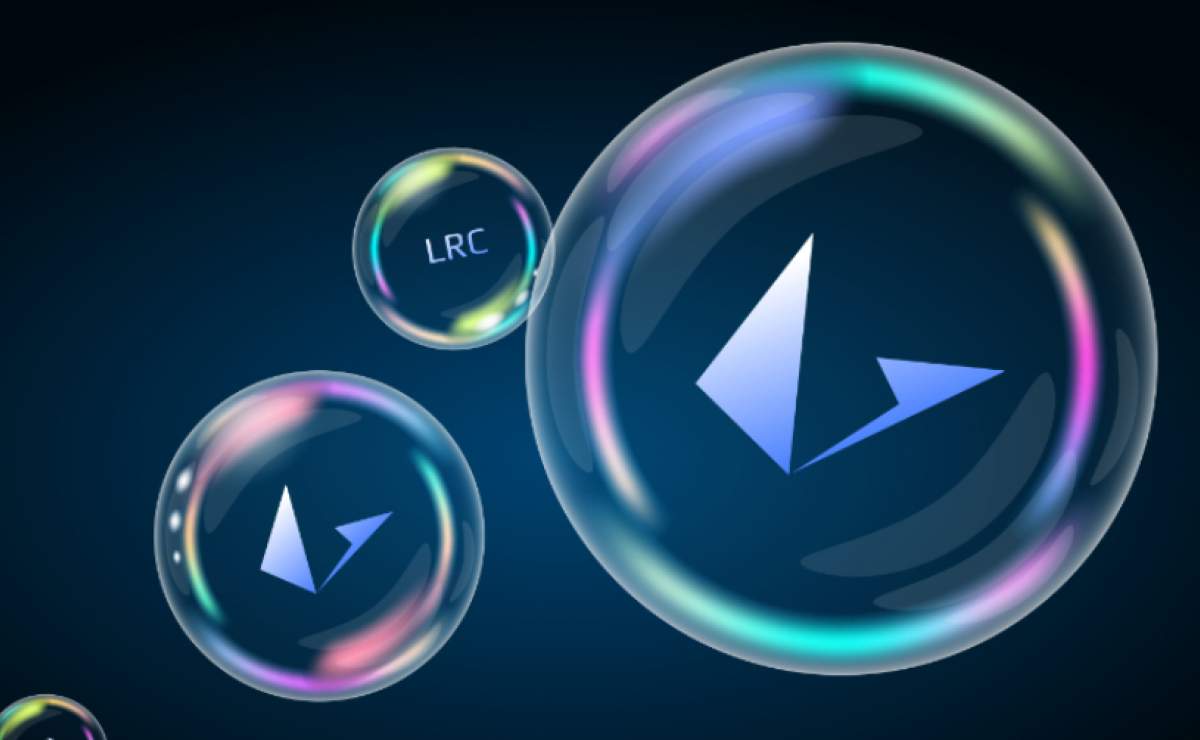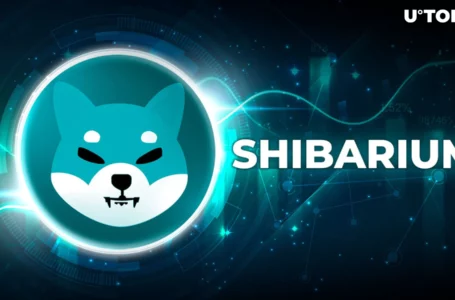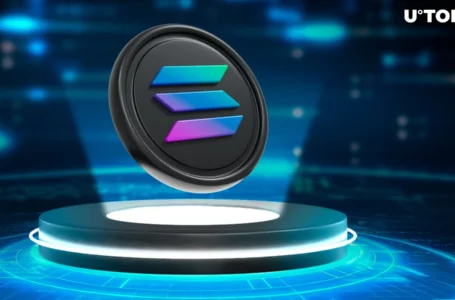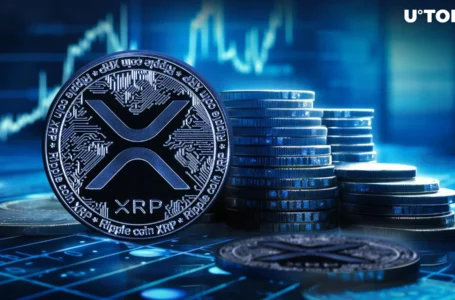
Loopring (LRC) is an Ethereum-based second-layer protocol that enables anyone to create responsive DEXs. Notably, it was the first protocol to leverage the second layer advancements made by the introduction of the zkRollup protocol on Ethereum. It offers a variety of powerful tools, protocols, and infrastructures to streamline DEX creation and operation. Here’s why Loopring continues to find new users daily.
What Problems Does Loopring (LRC) Attempt to Fix?
Loopring (LCR) was built to relieve the market from a variety of problems it faces currently. One of the main problems that Loopring addresses is scalability. Currently, Ethereum is in the middle of record congestion. This network traffic has driven gas fees through the roof.
Unfortunately, Ethereum was built to increase fees based on network congestion as a means to reduce spam. However, it’s not spam causing this congestion. It’s a recent influx in DeFi platforms and more. Through the integration of zero-knowledge Rollups Loopring can provide the benefits of a centralized exchange and the security and freedom of a DEX.
The technical layout of Loopring enables it to provide trades at a fraction of the cost of Ethereum directly. As such, the network serves a vital role as a gas-free lane for users to deposit and withdraw Ethereum-based assets. Notably, its fee structure can go as low as 1/100th the cost of an Ethereum transaction. For developers creating complex Dapps, this savings can be the difference between usability and outrageous fees.
Regulatory Burden
Another major issue that Loopring (LCR) improves is the regulatory burdens placed on centralized exchanges. Recently, governments have begun attempting to create a legal infrastructure for cryptocurrencies. Regulators see centralized exchanges as one of the best areas to start tax enforcement and more. For example, the most recent US infrastructure bill included new requirements for CEXs.
Every new requirement adds to the total cost of launching a CEX. When you consider that these networks are more costly to run and overall less secure due to their custodial nature, it’s easy to see why so many people are interested in launching DEXs. Loopring provides a viable alternative to this route that also helps to promote DEX and DeFi adoption.
Benefits of Loopring (LRC)
Loopring (LCR) provides a lot of benefits to the market. For one, Ethereum is the largest Dapp and DeFi ecosystem in the world. By providing a low-cost way to interact with this network, Loopring improves the functionality and usability of Ethereum. As such, the platform is now a crucial tool used by investors and developers to save.
Secure
Loopring (LCR) also enjoys the full security guarantees of Ethereum. As the world’s second-largest PoW network, Ethereum is one of the most secure blockchains in the world. Loopring furthered its commitment to security by launching with an open-source code. This code has undergone multiple third-party audits and passed all of them. Developers can build with complex DEXs, non-custodial AMMs, orderbook exchanges, payment protocols, and more using Loopring.
How Does Loopring LRC Work
Loopring (LCR) is able to provide all of these benefits due to its architecture The platform integrates powerful Ethereum smart contracts and ZK circuits in a unique way. New users can easily find everything they need to start building using Loopring. The platform provides directions on how to build secure, scalable orderbook-based DEXs, AMMs, and payment apps.
Zero-Knowledge Proofs.
One of the core technologies used by Loopring (LCR) is Zero-Knowledge Proofs. This technology is a system that enables users to prove they have access to certain information without revealing any of the data directly. Zero-Knowledge proofs provide more security than traditional methods that slowly divulge vital information to the public.
Loopring Relayer
The Loopring (LCR) Relayer is an agnostic data system that handles multiple processes for the network. Specifically, it generates zkSNARK proofs of their validity, updates the off-chain Merkle tree, creates rollup blocks, and publishes data and proofs to Ethereum. Notably, this protocol is optimized to perform gas free trades. Developers can integrate this system into their own creations using the Loopring Relayer API.
Ring Miners
The Loopring (LCR) exchange employs a new consensus mechanism that eliminates miners. Instead, network participants referred to as ring miners fill orders. They receive rewards for their efforts in the form of LRC tokens. The reward level is based on their ability to fulfill the orders before they expire or cancel.
Order Rings
The order rings protocol works in tandem with ring miners. Its primary purpose is to determine the best way to fulfill an order. When the order is met exactly, the network executes a direct chain to chain atomic swap. This protocol will also connect orders from multiple users to fulfill a large order.
Loopring Exchange
The Loopring (LCR) Exchange is a high-performance DEX that enables anyone to trade ERC-20 tokens in a non-custodial manner. Users can also earn passive rewards by providing liquidity to the AMM pools on the DEX. Its high speeds and minimal fees have helped it to become a popular option in the market.
LRC
LRC is the main utility token for the Loopring network. This ERC-20 token can function as a resilient cryptocurrency. You can send value globally in seconds using LRC. You can also secure rewards when you interact with the DEC DeFi features. Notably, these rewards are also paid out in LRC tokens.
Conclusion
Loopring (LCR) is a great example of how innovative minds can figure out unique ways to correct blockchain issues. Ethereum continues to play a vital role in the market. Loopring helps lower the cost of interacting with Ethereum while at the same time helping expand the network via DEXs. In turn, this drives both Ethereum and LRC’s market cap higher.



















